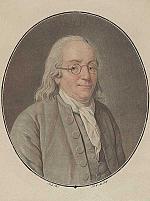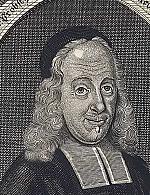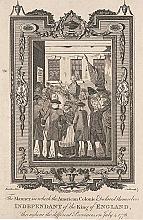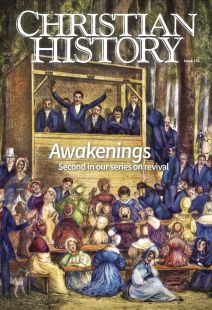“We learned to love”
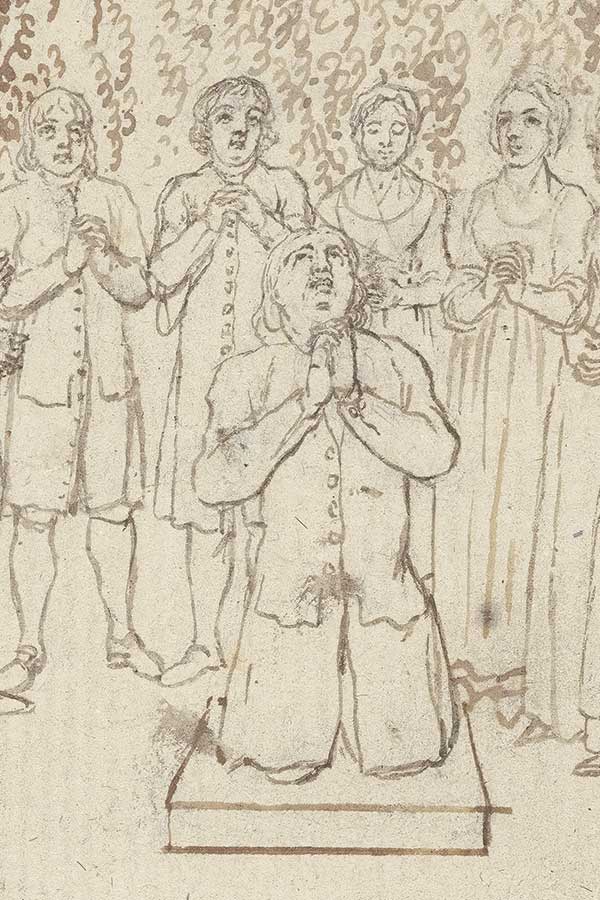
[Daniel Chodowiecki, Zinzendorf legt den Grundstein zu einem Gemeindehaus in Herrnhut, c.1800, ink. Städel Museum / Public domain, Wikimedia Commons]
When the people of Herrnhut left church on a Wednesday afternoon in August of 1727, they felt profoundly changed. “We learned to love,” they noted in the church diary.
A diverse group of people gathered in Herrnhut, located in the German state of Saxony. The community attracted Christians from all parts of Germany and beyond, but many came from Moravia where they had lived as Protestants in a Roman Catholic environment. Ever since the church of their ancestors, known as the Unity of Brethren, had been outlawed in 1620, they could worship only in secret. Beginning in 1727 they fled to Herrnhut, finding a new home there. Count Nicolaus Ludwig von Zinzendorf had created this Christian community on his estate close to what is now the Czech and Polish borders. A Pietist, Zinzendorf wanted to unite Christians from different denominations into a community of active believers who would set out to “win souls for the Lamb.” Within five years of its establishment, over 220 people began living at Herrnhut.
Are we true children of God?
Soon questions and arguments arose regarding the status of the Herrnhut community. Were they part of the local Lutheran parish church at Berthelsdorf, or were they actually a community of “true Christians” (as they called themselves), governed by their own elders and pastored by their lay leaders? Opinions differed profoundly, some even calling Zinzendorf the “beast” from the Apocalypse for trying to keep the Herrnhut community within the Lutheran Church.
In the summer of 1727, Zinzendorf decided to take a radical step and establish Herrnhut as its own religious body. Every Herrnhuter signed the Brotherly Agreement, and during the following weeks, revival swept through their midst. The Herrnhut diary relates various miraculous events: inspiring deathbed stories, nightly prayer gatherings, and overcrowded revival meetings. The religious fervor peaked in August when Zinzendorf compared the Brotherly Agreement with the constitution of the (extinct) Unity of Brethren and, to everyone’s surprise, found many similarities. This convinced the Herrnhuters: unbeknownst to them, God had renewed the church of their ancestors in Herrnhut.
A new mission
On August 13, 1727, the Herrnhuters gathered in the local church at Berthelsdorf. They wanted to celebrate Holy Communion for the first time after the Brotherly Agreement had affirmed them as a separate congregation. Although the Herrnhut diary does not describe the exact details of the service, it records a spirit of reconciliation and bonding that prevailed that day. People were talking to one another, “and here and there pairs were banding together.” Young women were confirmed, and deep-felt prayer was offered to preserve brotherly love among the Herrnhuters. The minister from a neighboring church administered Communion so that the local pastor, Rothe, could be part of the congregation. The diary summarizes: “we were quite beside ourselves when we all went home,” and “we passed this day and the following days in a silent yet joyful state of mind and learned to love.”
Much happened after that. The Herrnhut community became especially known for their passion for mission. In 1732 two young men from Herrnhut went to St. Thomas in the Caribbean to preach the gospel to enslaved women and men. Others went out soon after, reaching across the globe. Other communities, modeled after Herrnhut, now known as the Moravian Church, were founded in Europe and America. From then on Moravians have gone out to preach and practice the message of love.
By Paul Peucker
[Christian History originally published this article in Christian History Issue #151 in 2024]
Paul Peucker is the director and archivist of the Moravian Archives.Next articles
The awakeners
Before revival swept through the colonies, God was preparing key people around the world
Randy PetersenLightning strikes
During the First Great Awakening, revival swept through England and the American colonies like a storm
Rebecca Price JanneyChristian History timeline: awakenings, renewals, revivals
Revival movements of the early and modern eras
the editorsSupport us
Christian History Institute (CHI) is a non-profit Pennsylvania corporation founded in 1982. Your donations support the continuation of this ministry
Donate



